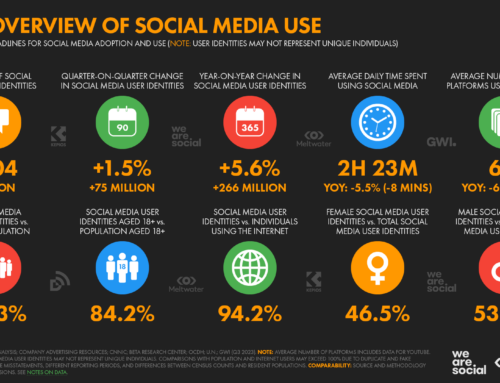 The days when your nonprofit could get away with not having an online marketing strategy are over. Even the smallest or most locally based organizations are expected to use email and have some kind of website (or at a minimum, a web page on another organization’s umbrella site). And most nonprofits should be doing much, much more than that.
The days when your nonprofit could get away with not having an online marketing strategy are over. Even the smallest or most locally based organizations are expected to use email and have some kind of website (or at a minimum, a web page on another organization’s umbrella site). And most nonprofits should be doing much, much more than that.
If you’ve been approaching online marketing in a piecemeal fashion, I recommend the following five-step approach to start pulling together a real nonprofit marketing strategy.
1. If Your Website Sucks, Fix It. Here’s my 10-Point Basic Website Checklist for Nonprofits. Make sure your website passes on all ten points before worrying about anything else. Don’t have your own domain? They are dirt cheap. Get one now. No excuses.
2. Build Your Email & RSS Lists Everywhere, All the Time. The two best ways right now to communicate directly with your supporters online are through email and through RSS feeds. Learn more about RSS at TechSoup. Yes, there are other ways to reach people online, such as through social networking sites, discussion lists, and text messaging. But email and rss are going to reach the overwhelming majority of people. These lists are easy to manage and easy for your supporters to join and leave (if you have them set up correctly).
3. Create Tools and Great Content for Your Biggest Fans. The beauty of online marketing and Web 2.0 is that it is so easy for friends to pass info on to other friends. You can build your network of friends of friends of supporters of your organization incredibly fast online. But that means you have to identify the “influencers” or “patrons” in your network — your biggest fans — and give them the tools they need and the information that excites them, so they’ll pass it on. This is what Seth Godin calls “Flipping the Funnel.”
4. Dip into Social Media, But Dive into One Tool. Yes, social media is all the rage. You’ve got everything from Facebook Causes and Care2 to Digg and Flickr. It’s impossible to be everywhere in any kind of meaningful way. At the same time, social media is the new web, and you need to be a part of it in some way, if only to understand what others are doing. Pick one or two social media or social networking sites and dive into those. Learn how to use them and become a part of those communities.
5. Measure, Learn, and Adjust. Return on Investment (ROI) for social media is a hot topic right now and the best ways to measure success are still to come. But one of the great aspects of online marketing is that measurement is built right into most of the tools. You can tell how many people are subscribed to your e-newsletter and RSS feeds. You can tell how long people are staying on your website. Keep track of what you can, learn from both your successes and your failures, and adjust your strategy over time.






